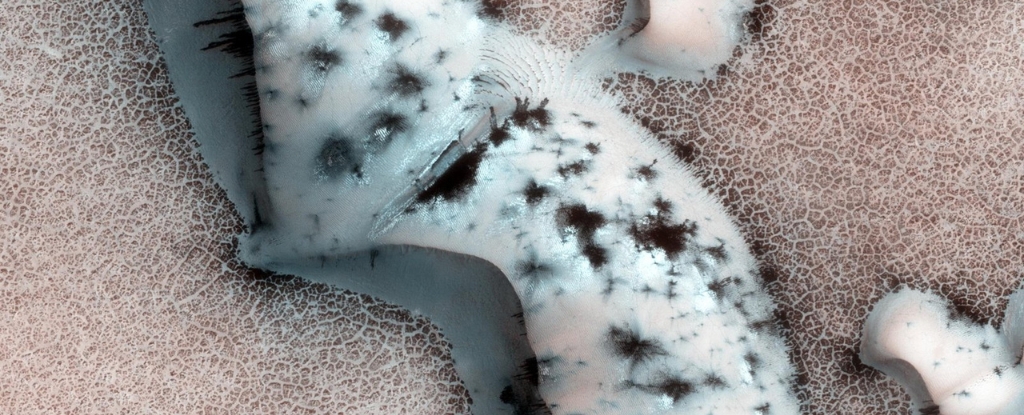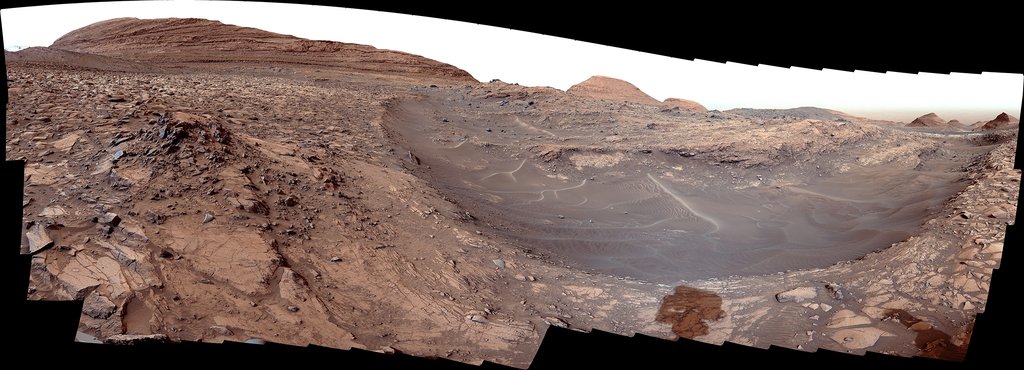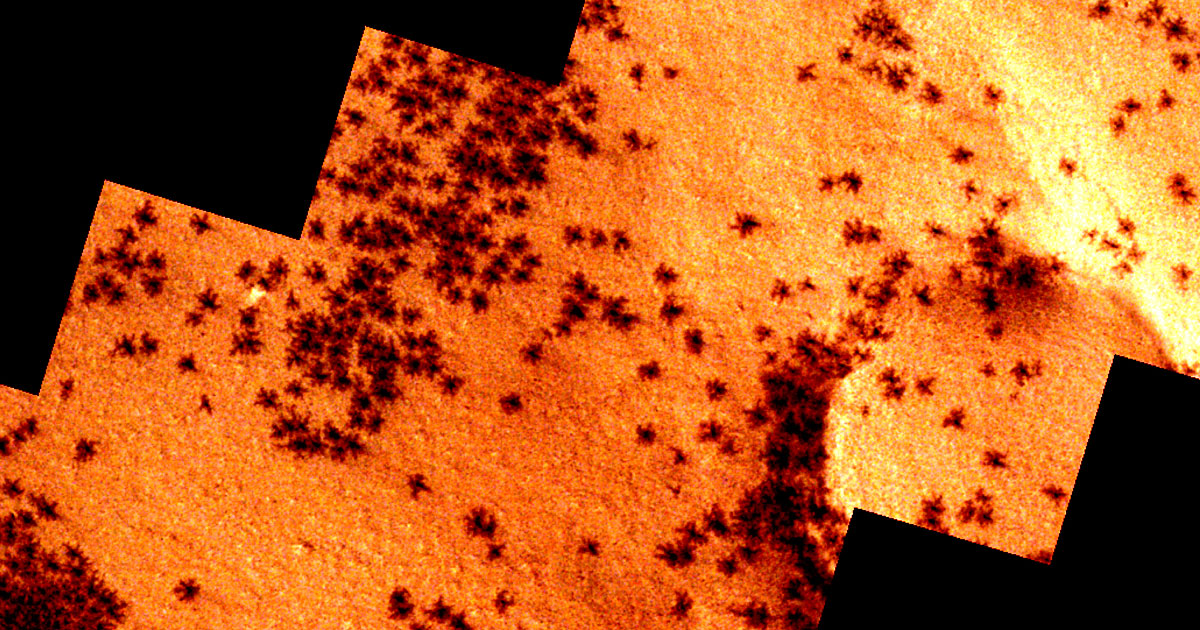
Anew study said the streaks aren’t caused by water. Instead, the study suggests, the streaks are due to wind and dust.

Once again, Mars has presented us with an example of something it seems to have in abundance: extremely peculiar and baffling rocks.

A new international study partially funded by NASA on how Mars got its iconic red color adds to evidence that Mars had a cool but wet and potentially habitable climate in its ancient past.

Though it's a cold, dead planet, Mars still has its own natural beauty about it. This image shows us something we'll never see on Earth - Martian CO2 geysers.

The southern highlands of Mars (which cover about two-thirds of the planet’s surface) rise as much as five or six kilometres higher than the northern lowlands. Nowhere else in the Solar System do we see such a large, sharp contrast at this scale.

The science team thinks that igneous and/or metamorphic processes likely formed the rock.

The hidden Mars structures are mysterious because they appear to be significantly denser than their surroundings.

Among several recent findings, the rover has found rocks made of pure sulfur — a first on the Red Planet.

NASA's Mars Reconnaissance Orbiter (MRO) has discovered another intriguing formation on the planet's barren surface. Despite their best efforts, scientists can only guess as to how exactly holes like this one were formed.

These so called "spiders" are the result of a complex geological process that causes carbon dioxide to sublimate, digging up darker material from below the surface during the planet's spring.

A team of scientists have found that a single meteorite was likely responsible for creating billions of craters on the Martian surface.

China's Zhurong rover, equipped with a ground-penetrating radar system, identified irregular polygonal wedges located at a depth of about 35 meters all along the robot's journey.

Three to four billion years ago, Mars did in fact have running rivers of water. Now, scientists have mapped out an entire ancient river system.

The ESA recently released stunning photos of a Martian storm front, which were acquired by the Mars Express orbiter in April of 2018.

A storm of tiny dust particles on Mars has prompted NASA's Opportunity rover to suspend science operations. The Martian dust storm has grown in size and is now officially a 'planet-encircling' (or 'global') dust event.